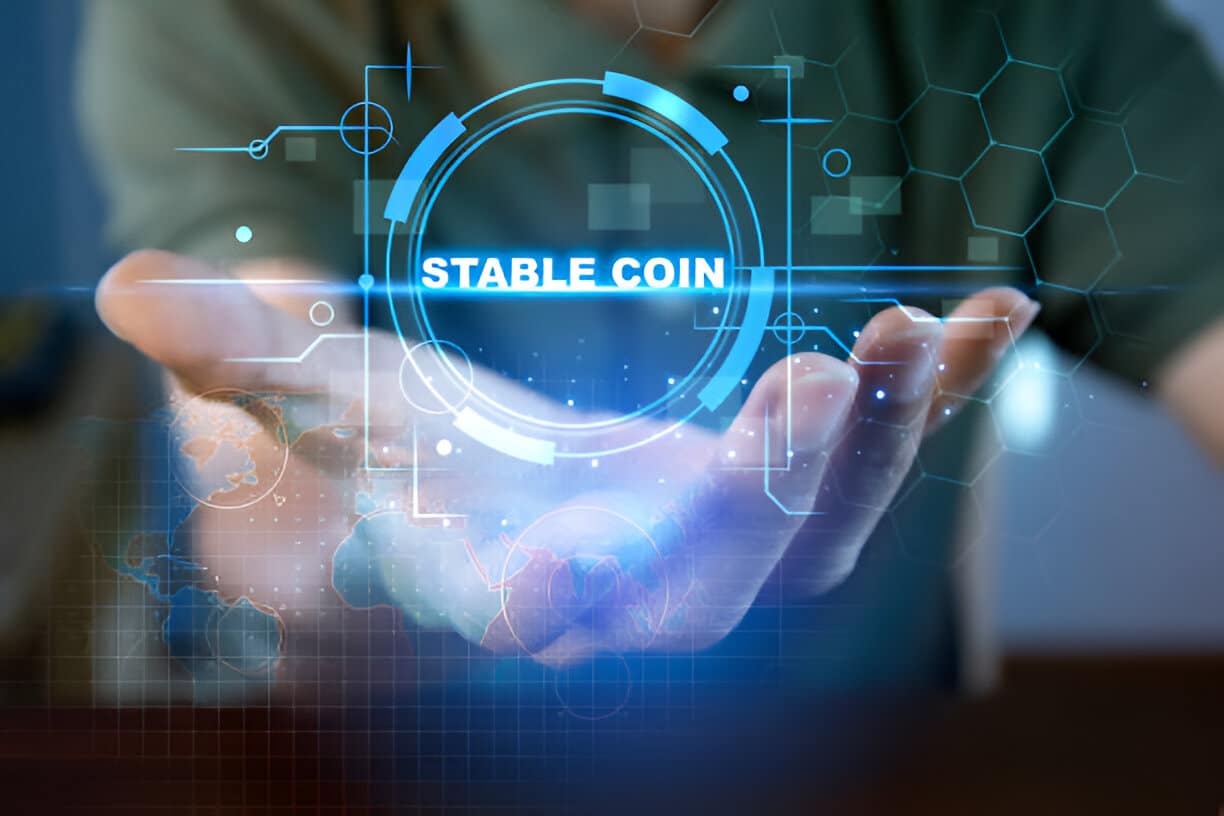Once considered a niche tool for crypto traders, stablecoins have emerged as a practical solution for managing funds in a fast-paced and often volatile environment. Price fluctuations can make or break a gaming session. The stability offered by coins like USDT, USDC, and DAI provides gamblers with a level of financial predictability that traditional cryptocurrencies and fiat options struggle to match.
Addressing Volatility and Protecting Value
Coins like Bitcoin and Ethereum may be popular, but their prices can swing wildly within hours. For gamblers, this unpredictability presents a unique challenge. Winning a bet only to see the value of your cryptocurrency drop by double digits overnight is a frustrating experience. Stablecoins solve this problem by being pegged to the value of a fiat currency, most commonly the US dollar.
By holding and transacting in stablecoins, gamblers can protect the real-world value of their funds without having to monitor market movements constantly. This is especially useful for casual players who may not want to deal with the complexities of crypto trading. It also appeals to high-volume users who want to move large amounts of money in and out of gambling platforms without taking on added market risk.
Faster Transactions and Greater Accessibility
Beyond price stability, stablecoins offer many of the same benefits that have made cryptocurrencies attractive. Traditional banking systems often impose delays, especially on international transactions. A wire transfer can take several business days, and even electronic wallets like PayPal may hold funds for review.
Stablecoins, by contrast, are built on blockchain infrastructure that allows near-instantaneous settlement. Gamblers can deposit funds, start playing, and withdraw winnings in a fraction of the time it would take through conventional methods. This speed is especially valuable for users who play frequently or rely on fast access to their funds.
Stablecoins are also more accessible to players in regions with limited banking options or restrictive gambling laws. Many people around the world do not have access to credit cards or reliable banking systems, but they can still use stablecoins via decentralized wallets. This opens the door for a more inclusive global gambling market, where access is not limited by geography or local financial infrastructure.
Lower Fees and Greater Efficiency

Transaction costs are another area where stablecoins stand out. Credit card payments and bank withdrawals often carry high fees, particularly across borders. Stablecoin transfers are typically much cheaper, especially on networks like Tron or Binance Smart Chain, which have minimal gas fees compared to older blockchains like Ethereum.
For gamblers, lower fees mean more of their money stays in their account, whether they’re making a deposit, withdrawing winnings, or transferring funds between platforms. Over time, these savings can add up, especially for players who gamble regularly or manage multiple wallets.
On the platform side, reduced transaction costs allow operators to offer more competitive bonuses and promotions, creating a better value proposition for users. Many platforms now even incentivize stablecoin use with lower withdrawal thresholds or faster processing times, recognizing that these digital assets are better suited for high-volume, low-friction environments.
Enhanced Privacy and Regulatory Flexibility
Unlike credit card payments, which require sensitive personal and banking information, stablecoin transactions can be completed with only a wallet address. This reduces the risk of identity theft or data breaches and gives users greater control over their financial information.
This feature is appealing in regions where online gambling is either restricted or closely monitored. While platforms still require Know Your Customer (KYC) verification in many cases, stablecoin integration allows them to separate transaction data from personal banking information. It’s a subtle but important shift that helps protect user privacy while still complying with emerging regulatory standards.
On a broader scale, stablecoins are also more adaptable to regulatory changes. As countries around the world begin to draft clearer laws surrounding digital assets, platforms that already support stablecoin payments are better positioned to pivot and comply.
Conclusion
Stablecoins are becoming more than just a payment option. They’re also becoming a foundation for financial interaction within the ecosystem. Their ability to offer speed, reliability, and security without the volatility of other cryptocurrencies makes them a natural fit for a sector that values efficiency and user trust. More platforms are integrating stablecoin support as a core feature rather than a novelty, and users are responding positively.














